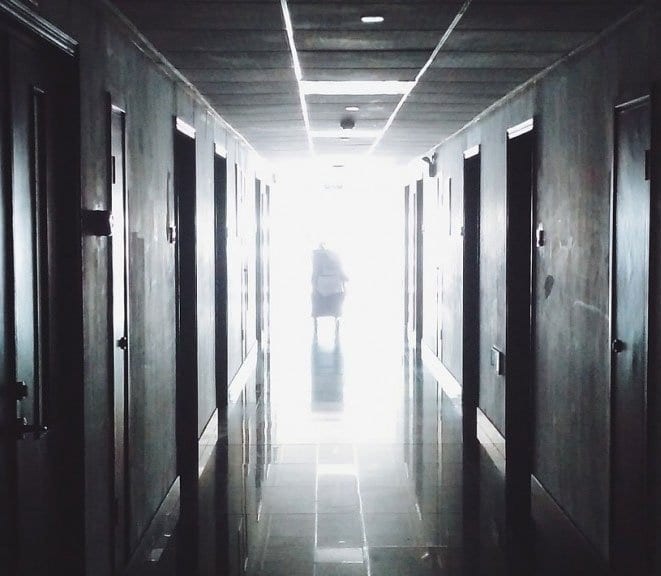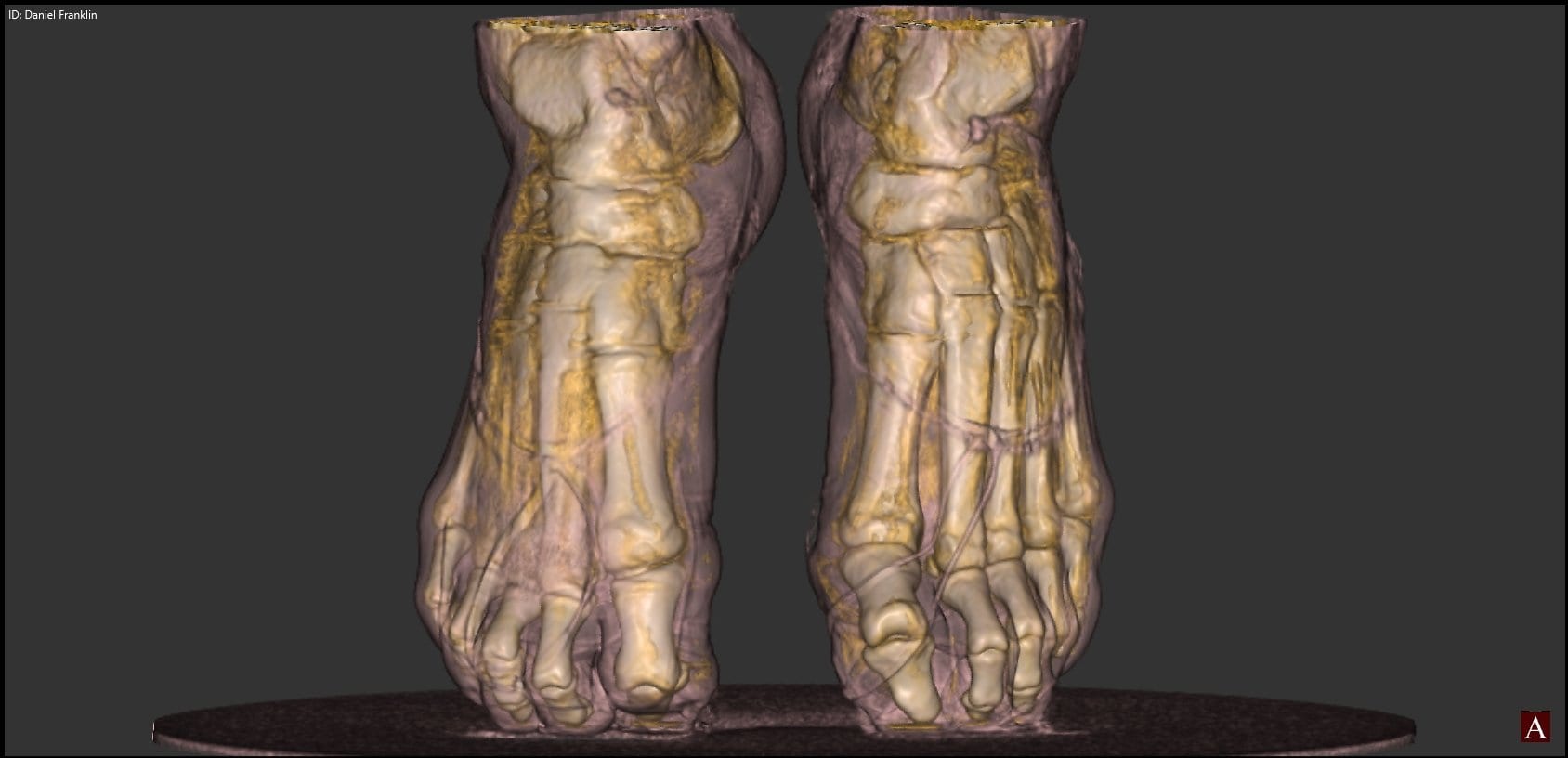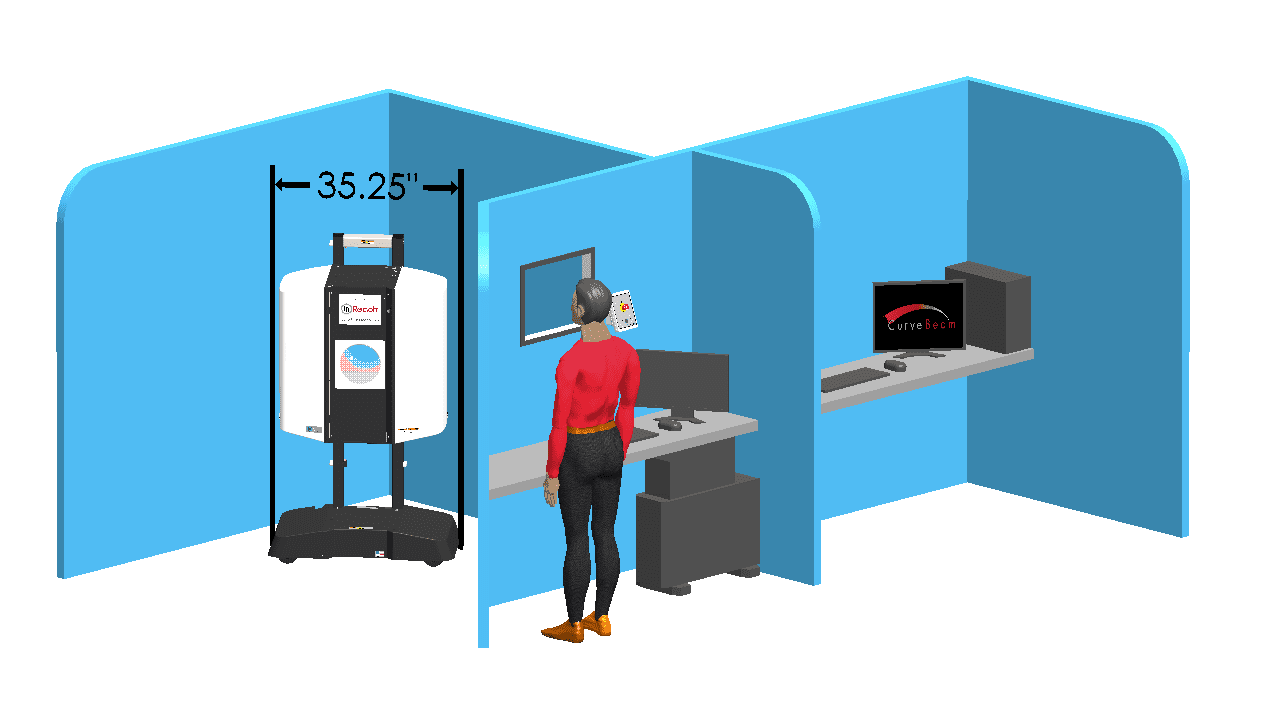CBCT Technology is Increasingly Used by Orthopedists and Podiatrists
Cone beam computed topography (CBCT) systems are becoming popular with orthopedists and podiatrists because they quickly provide high-quality, low-dose, 3D imaging of musculoskeletal conditions. Dentists and podiatrists have been using CBCT technology for years, but the pedCAT by CurveBeam is…









